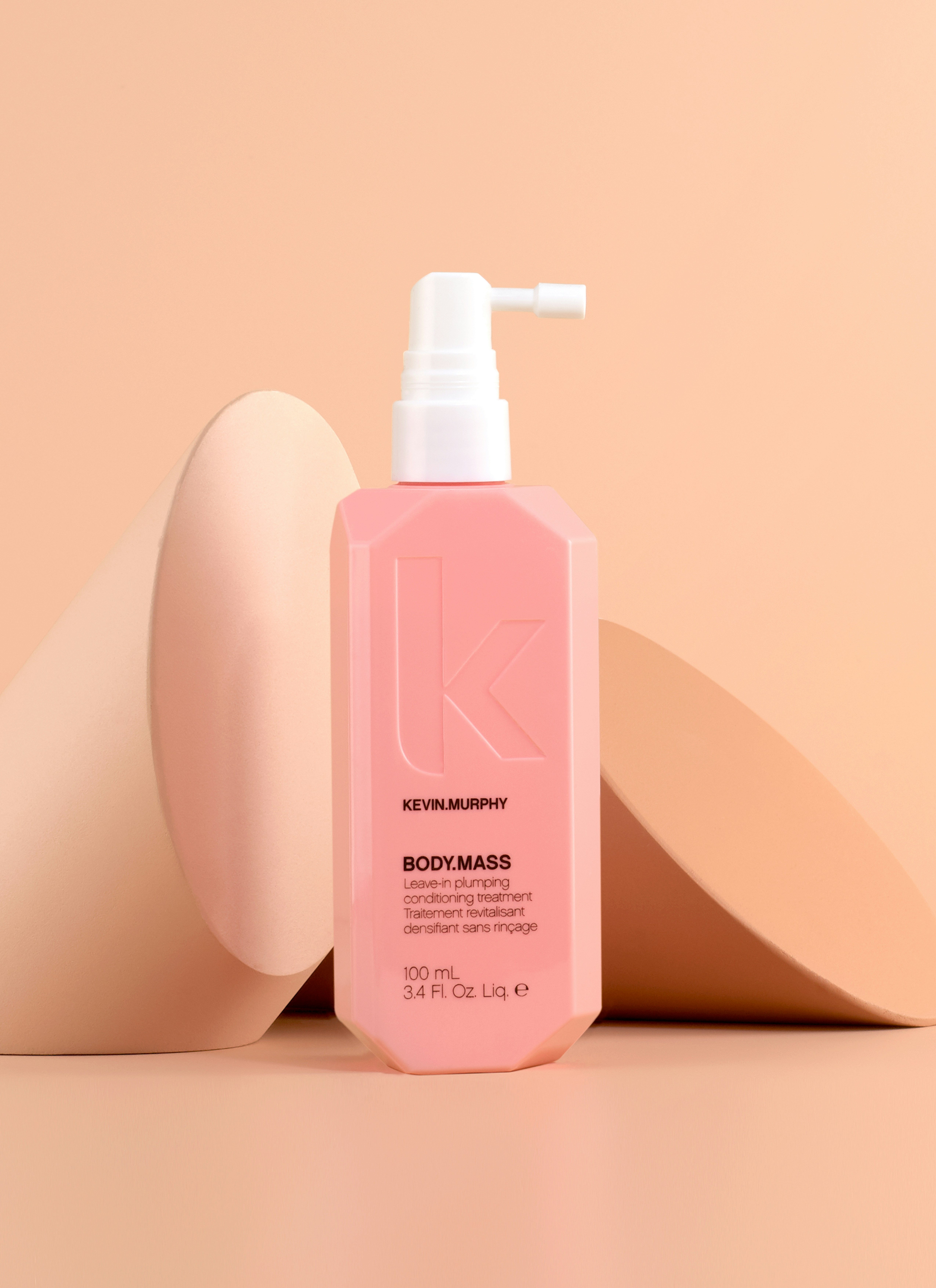Your product pages might look great. But if they’re not showing up in search, they’re not working hard enough.
If your product titles are vague, your descriptions skimpy, and your images unloved, Google won’t know what you're selling. Worse, your customers won’t either. That means fewer clicks, lower trust, and sales slipping through the cracks.
Smart SEO isn't about gaming the algorithm. It's about helping real people find what they actually want to buy. And for Shopify stores, your product pages are your front line.
Why SEO on Product Pages Matters
Good SEO is good business. When your product pages are well-optimised:
- You show up for the right searches
- You attract higher-intent customers
- You build trust before anyone even clicks
- You increase your chances of converting
Neglecting SEO doesn’t just cost traffic. It costs money.
Key Tip: Your top-selling product probably isn't your top-ranking product. And that disconnect could be costing you more than you think.
1. Start With Smarter Product Titles
Generic titles like "Blue T-shirt" won’t cut it. Neither will ones crammed with random keywords. You want titles that are:
- Clear: Say exactly what the product is
- Specific: Include useful descriptors (colour, material, fit, etc.)
- Natural: Think like a buyer, not an SEO bot
Example:
Bad: "Classic Mug"
Better: "Large Ceramic Coffee Mug with Handle – Matte Black"
A customer searching "matte black coffee mug" is more likely to click on (and buy from) a result that mirrors their query exactly.
2. Write Descriptions That Work for Humans and Search Engines
Your product description should do two jobs:
- Answer the buyer’s key questions
- Include natural language that helps Google understand what the page is about
Break it into two parts:
- Short summary up top – 1–2 sentences with key benefits
- Detailed description below – specs, use cases, materials, sizing, etc.
Example:
Short summary: Durable, dishwasher-safe mug designed for everyday use. Holds 350ml.
Details: Made from high-fired ceramic with a matte finish. Comfortable handle, heat-retaining design, safe for microwave and dishwasher.
Pro tip: Use bullet points for easy scanning.
3. Optimise Product Images (Yes, Really)
Images can boost SEO too, if you do it right:
- File names: Describe the image before uploading (e.g. "matte-black-ceramic-mug.jpg")
- Alt text: Use accurate, helpful descriptions (not keyword stuffing)
- File size: Compress images to keep load times fast
Google indexes images. And faster pages rank better. Plus, image search can be a surprisingly powerful traffic source for retail.
We’ve seen Shopify stores get thousands of monthly visits from image search alone. It’s an overlooked opportunity.
4. Use Structured Data (Without Getting Technical)
Structured data is behind-the-scenes info that helps search engines understand your product. Think: price, availability, reviews, etc.
Shopify already handles most of this automatically. But here’s what you can check:
- Use Shopify’s built-in product fields properly (don’t skip descriptions or variants)
- Add reviews using a trusted app (like Judge.me or Yotpo)
- Check your product URLs are clean and readable
You don’t need to write code. Just fill in the fields with clear, complete info. Google picks up the rest.
5. Keep Content Fresh (But Not Just for SEO)
Updating your product pages regularly keeps things accurate and signals to Google that your site is active. But more importantly, it improves the experience for real shoppers.
- Add FAQs based on customer questions
- Update photos or add lifestyle shots
- Refresh descriptions if stock or specs change
Review your top 10 products every quarter. Small tweaks can make a big impact over time.
6. Think Like a Customer (Not an Algorithm)
Ultimately, SEO is just a tool. Your real goal is to help people:
- Understand what you’re selling
- Trust that it’s good quality
- Feel confident hitting "Add to Cart"
If your product pages do that, SEO will follow.
A kitchenware store rewrote 20 product pages to focus on customer language. Instead of "ergonomic grip," they said "easy to hold, even when wet." Rankings improved, but so did conversions.
Common Objections (and Why They Don't Hold Up)
"Won’t longer titles look messy on the product page?"
They might, slightly. But you can style your on-page display however you like. The SEO title doesn’t have to match the heading perfectly.
"Isn’t duplicate content a problem if my descriptions are similar across products?"
Not really. Google understands product pages often share structure. Just avoid copying supplier descriptions word-for-word. Add some original value.
"We don’t have time to rewrite everything."
Fair enough. Start with your bestsellers or pages that already get decent traffic but underperform in sales. Prioritise impact.
What to Do Now
- Pick 3 top-selling products and review their titles
- Rewrite 1 product description using the 2-part structure
- Rename 5 image files with descriptive names
- Check your alt text and compress any large images
- Schedule a quarterly review of your top 10 products
Optimising your product pages doesn’t require a full site overhaul. It just takes a shift in focus: from what you want to say, to what your customers (and Google) need to see.
If you want expert eyes on your product pages, feel free to get in touch.



